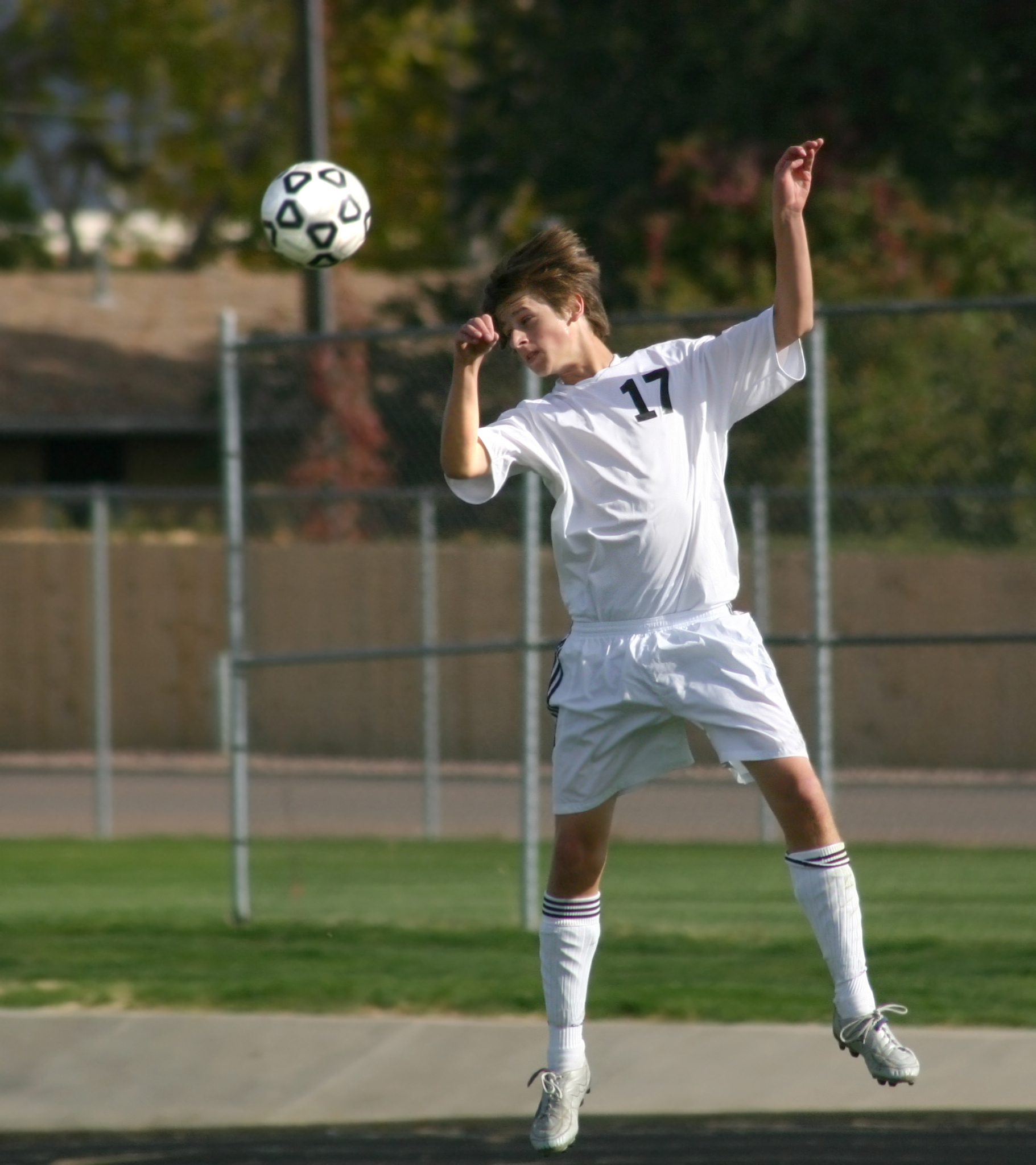A Brief Overview of Concussion Safety
There are at least 38 million young athletes participating in sports in the United States each year. The Centers for Disease Control estimates that five to 10 percent of athletes will experience a concussion in any given sports season. The scary part is that about half of those who get concussions go undiagnosed, which means they can suffer more damage.
The word concussion actually means mild traumatic brain injury, and brain injuries should never, ever be shrugged off. This article is a brief overview of concussion symptoms, myths and prevention.
Here are a few concussion facts from ConcussionTreatment.com:
- Football is the most common sport with concussion risk for males (75 percent chance for concussion).
- Soccer is the most common sport with concussion risk for females (50 percent chance for concussion).
- 78 percent of concussions occur during games.
- Some studies suggest that females are twice as likely to sustain a concussion as males.
- Estimated 47 percent of athletes do not report feeling any symptoms after a concussive blow.
- Impact speed of a football player tackling a stationary player: 25 mph.
- Impact speed of a soccer ball being headed by a player: 70 mph.
Signs of a Concussion
If your young athlete suffers a blow to the head or a jarring hit, look for any of these symptoms:
- Confusion
- Amnesia
- Vacant stare
- Slurred speech
- Vomiting
- Headache
- Loss of consciousness
- Loss of memory Fatigue
- Balance problems
- Drowsiness
- Sleep disturbances
Myths About Concussions
- If your young athlete has a concussion, he or she will pass out. This is a common myth, but the truth is that concussions can happen with or without loss of consciousness. In fact, most concussions don’t cause people to black out, and thus the injury may go unrecognized.
- Doctors will see signs of a concussion on a brain scan. False! In fact, people with concussions usually have normal brain scans.
Long-Term Effects of Concussions
Repeated concussions can result in many complications, including post-concussion syndrome (headache, dizziness and difficulty concentrating).
Much less likely, but still possible, are complications that include epilepsy, vertigo, personality changes, Parkinson’s disease and dementia.
Concussion Precautions
It’s obvious that we can’t totally eliminate concussions, but there are ways to make youth sports safer. Here are some tips:
- Remember, helmets are not the total answer. Yes, they can prevent severe brain injury and skull fractures, but they don’t prevent concussions. That being said, make sure your child is wearing a helmet that meets U.S. Consumer Product Safety Commission standards (the label inside should include the certification). Also, make sure that it fits properly.
- Every coach should be trained in concussion safety. The CDC offers online training for youth and high school coaches. Be sure your child’s coach is up to date on the latest concussion prevention and treatment information. And be sure the coach is teaching proper tackling techniques.
- Stay vigilant at games and practices. The best way to protect children is to watch for signs of concussions and then keep them out of the game until their symptoms go away. If you suspect that a coach is continuing to keep a child on the field after an injury, speak up. Playing or practicing with concussion symptoms is dangerous and can lead to longer recovery and a delay in a child’s return to the sport. There should be no “toughing it out” when it comes to head injuries. As NFL commissioner Roger Goodell says, “It’s not cool to be tough when it comes to your head.”
- Ask if your young athlete’s school does pre-season baseline neurological tests for its athletes. These are measures of the child’s balance and brain functions. This test helps in evaluating the impact of any future head injury.
Concussion education is not only for parents; it’s also for young athletes. Urge your young athlete to speak up about possible concussion symptoms that he or she might have or a teammate might have. Tell your young athlete to pay attention to headaches, light-headedness, nausea, blurry vision, dizziness, depression, sensitivity to light and noise, confusion and difficulty in processing information.
It’s important to make your young athlete aware and keep the conversation going. That in itself will be a big step forward in concussion safety.
Janis B. Meredith, sports mom and coach’s wife, writes a sports parenting blog called jbmthinks.com. Her new book, 11 Habits for Happy and Positive Sports Parents, is on Amazon.
